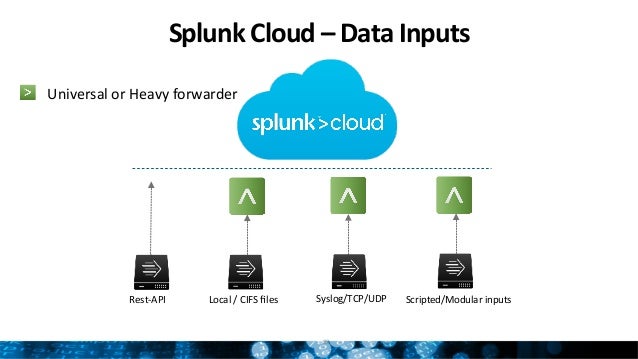
Searchhead is running Splunk version 8.1.2 hosted on Ubuntu. Limiting the messages added to info.csv will mean that these messages will not be available in the UI and/or the REST API. Messages logged to the info.csv file are available to REST API clients and Splunk Web. Does anybody know what might be causing this behavior or how I can overcome this issue? This stanza controls logging of messages to the info.csv file. I remember reading that there is something strange about the local interpreter that could be causing this, but I cannot find it again on google. There is no difference if I execute the script with /opt/splunk/bin/splunk cmd. This behavior happens if I use the bash interpreter to execute the script (./script.sh) or (/opt/splunk/etc/app/app_name/bin/script.sh). I have turned on debug logging for JsonWebTokenHandler and see no issue. It will return my search result as expected. If I manually re-run the same API request using the Token and the same Sid outside of the script on the terminal. No error message, but just no output at all. If I use the same script to try to retrieve the search results using the Sid, I get back nothing. Its a powerful engine that lets you monitor, search, investigate, visualize and report on whats happening with your IT infrastructure in real time. I will receive back the Sid of that search. An example would be I can use the token in the script to initiate a search. The token seems to be able to make certain API calls in the script but it cannot retrieve the results of the call. If I try to use it within the script I am seeing unexpected behavior. I can use the Token to make ad-hoc Rest API requests via the terminal local to the searchhead. Token Authentication has been enabled, and I can verify that the Token is enabled and valid. The script will be used by a custom app that is located on a searchhead (linux). I need to create a bash script that uses an auth token to make calls to the Splunk Rest API. From there you can manage it according to your specifications.I am trying to work through an issue and cannot seem to find a answer. The data extracted from the Heimdal Security database will be displayed as in the screenshot below.

Promtail features an embedded web server exposing a web console at. Input the added API source (example: source="rest://API Test" where API Test is the REST API Input Name from above, more exactly the name of the job you created), then press on the Search button. log files to Loki, it needs to find out information about its environment. To view the ingested results, access the Search & Reporting section or go to the Search tab.

To check all the created jobs and to manage them, go to Settings -> Data -> Data inputs and click on REST.ĭisplaying the data ingested from the HEIMDAL Security API After you have completed all the fields you have to click on Next at the top of the page. The other ones are optional and the Splunk help section can provide more details.ģ. These fields are required to configure Splunk to retrieve the data from Heimdal Security API requests. * - Make sure that the arguments are followed by the sign “ ,” (comma), as shown in the Splunk examples, and not with the sign “ &” (ampersand) as the examples from the Heimdal Dashboard because this will lead to the error message " User is not authorized to fulfill the operation." when executing the job. You can also add additional parameters, which are found under each API Statistics when you click on Show -> Optional Parameter Helper The required parameters are customerId, startDate and endDate (ex: customerId=197818,startDate=T12:54,endDate=T12:56).
Splunk call rest api from search activation key#
Activation Key: Follow the link under the text field to obtain an activation key ( ).

REST API Input Name: The name you want for the job.Go to Settings -> Data –> Data inputs -> REST and press Add new. Search for REST API Modular Input (found also on this page ) and hit Install.Īdding the HEIMDAL API into Splunk Enterpriseġ.

This will open a new window with all the apps and extensions available for installation. From the Splunk Enterprise portal, click on Explore Splunk Enterprise and go to Splunk Apps.Ģ. Displaying the data ingested from the HEIMDAL Security API Adding REST API Modular Input into SPLUNK Enterpriseġ. Adding the HEIMDAL API into Splunk Enterpriseģ. Adding the REST API Modular Input App into SPLUNK EnterpriseĢ.
Splunk call rest api from search how to#
In this article, you will learn how to ingest data from the HEIMDAL API into Splunk Enterprise ( ).ġ.


 0 kommentar(er)
0 kommentar(er)
